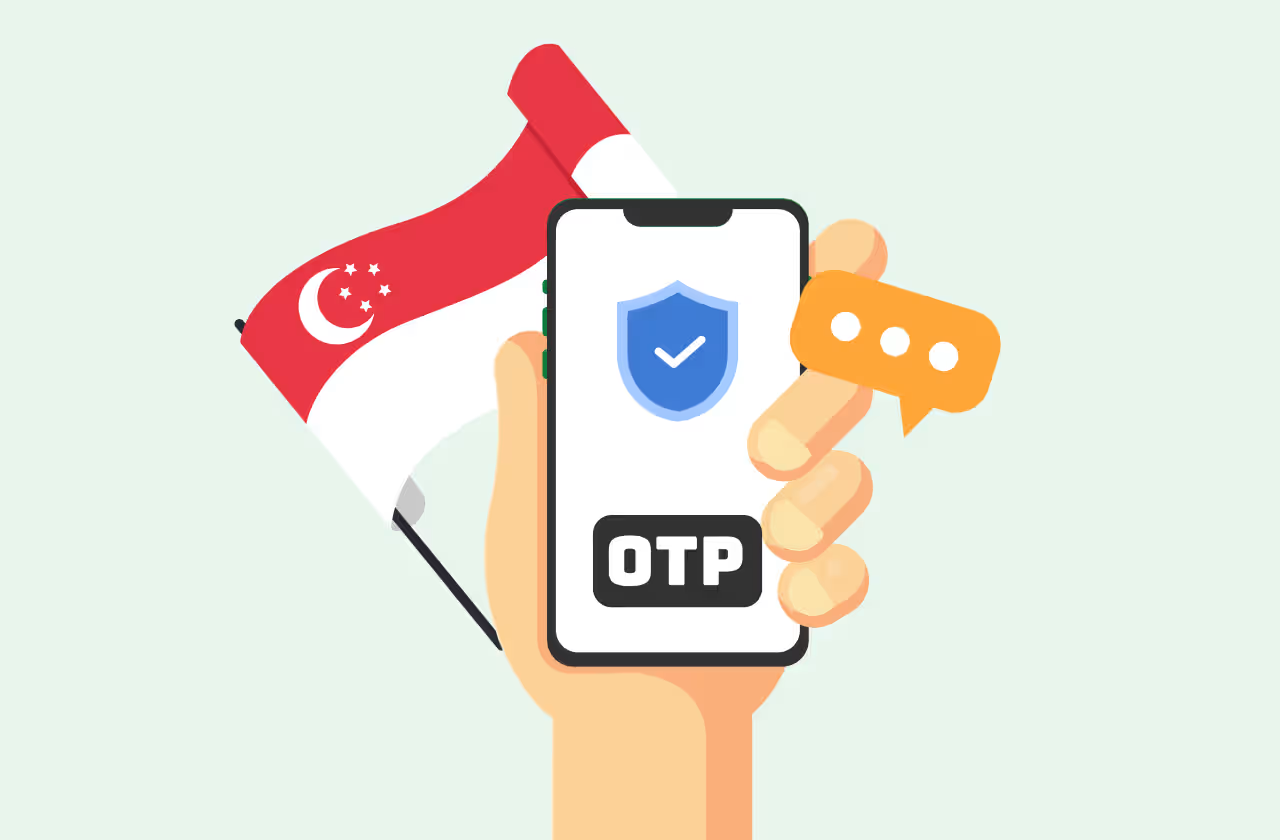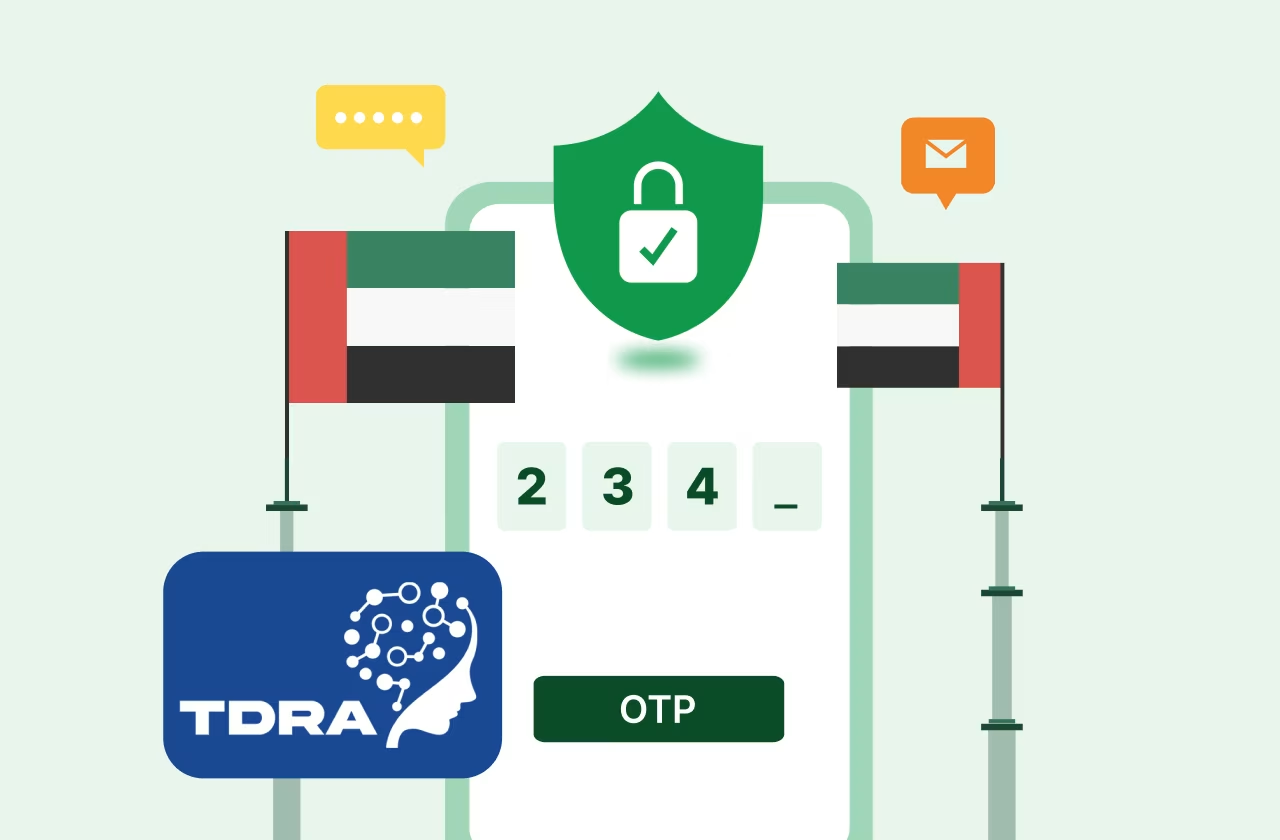Key Takeways
- A good customer onboarding process positively impacts the conversion rate of first time users
- OTP SMS should be crafted in a clear and concise manner so as to keep the onboarding process simple
- OTP enabled simple onboarding have an impact on crucial business metrics like customer lifecycle, retention rate etc.
- OTP SMS with the right service provider is quite easy to enable. With Message Central, you can start with OTP SMS even without any DLT registration in India i.e. a DLT SMS
In today's digital world, verifying users and transactions through OTP SMS has become a common practice. However, the way OTP messages are crafted can significantly impact the user experience and the success of customer onboarding. By prioritizing customer empathy in the crafting of OTP messages, businesses can make the user's journey smoother and more seamless.
Importance of Customer Onboarding

76% of customers are likely to stay with a service after a welcoming onboarding experience. Customer onboarding is a critical process in marketing that can make or break a business. It not only increases revenue but also helps build relationships with customers. The onboarding process begins when a customer decides to pay for a product or service, but it doesn't end there. It continues until the customer becomes a regular patron of the business. Successful onboarding involves repeat sales and customer retention over a period.
Crafting OTP Messages for a Seamless User Experience
When it comes to crafting OTP messages, the position of the most important information, such as the OTP itself, plays a crucial role in the user's journey. The speed at which the OTP is delivered by OTP service provider and the way the OTP message is presented can either make the user's experience seamless or introduce unnecessary friction.
For example, let's consider two different OTP message formats:
OTP Message 1:
Dear User, Your OTP is: 123456. Please use this OTP to complete your transaction.
OTP Message 2:
Dear User, To complete your transaction, please enter the OTP: 123456.
At first glance, these messages may seem quite similar. However, the positioning of the OTP information differs, which can impact the user experience.
In the case of desktop transactions, where the user is transacting with the brand on a computer, the friction in the user journey may be minimal. The user can easily view the OTP message and interact with the brand's digital interface simultaneously. However, the story is different for mobile transactions, especially in a mobile-first market like India.
In the mobile scenario, users typically receive a notification with the OTP message. If the OTP message is crafted as an example 1, the most important information (the OTP) is easily visible through the notification itself. This eliminates the need for the user to open the SMS app separately, reducing additional steps in the process.
On the other hand, if the OTP SMS is crafted as an example 2, the user may have to switch to the SMS app, copy the OTP, and then paste it into the brand's digital interface. This three-step process can be time-consuming and may result in the user losing their current session, leading to frustration.
Impact on Business KPIs
While there may not be specific data to validate the impact of OTP message crafting on business Key Performance Indicators (KPIs), it is reasonable to assume that if the transaction is related to important business metrics such as product sales or user onboarding, poor OTP message design can lead to a reduction in conversion rates.
In the world of hyper-competitiveness, many brands may overlook the opportunity to engage users at the micro-transaction level. However, by prioritizing customer empathy and optimizing the crafting of OTP messages, brands can not only improve the user experience but also achieve consistent brand recall.
Best Practices for OTP Message Crafting
To master customer onboarding with OTP SMS, businesses can follow these best practices:
- Keep the most important information upfront: Place the OTP information at the beginning of the message, making it easily visible to users.
- Use clear and concise language: Craft OTP messages using simple and straightforward language to ensure that users can understand and act upon the information quickly.
- Consider the user's context: Understand the user's journey and the device they are using to optimize the OTP message format accordingly. For mobile transactions, prioritize displaying the OTP in notifications to minimize user effort.
- Provide clear instructions: Clearly outline how the OTP should be used and what action the user needs to take to complete the transaction.
- Ensure consistency across channels: Maintain consistency in the format and tone of OTP messages across different channels (SMS, email, push notifications, etc.) to provide a seamless user experience.
- Continuously test and optimize: Regularly analyze user feedback and data to identify areas for improvement in OTP message design and optimize the onboarding process.
We also have a detailed guide on best practices for implementing OTP verification for reference.
Conclusion
Crafting OTP messages with customer empathy in mind is crucial for mastering customer onboarding. By considering the user's context, providing clear instructions, and optimizing the format and positioning of the OTP information, businesses can create a seamless user experience and increase conversion rates. Remember to continuously test and optimize the OTP message design to ensure the best possible onboarding process for your customers.





.avif)




